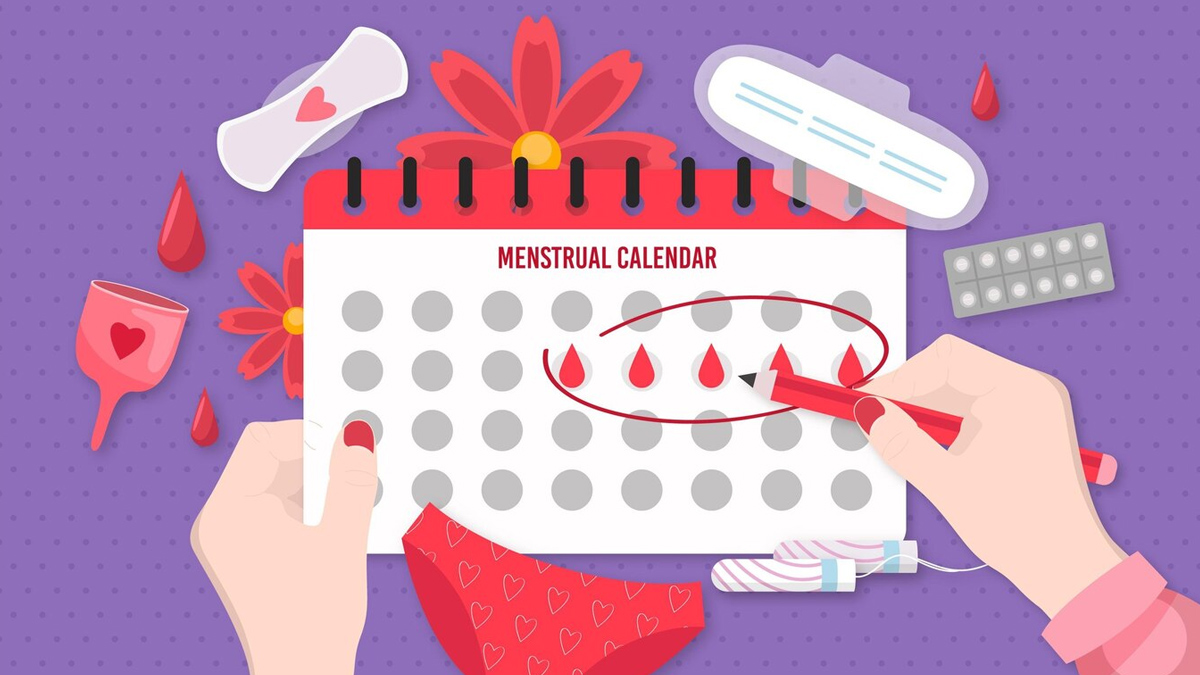
Menstruation, or period, is characterised by menstrual blood that can vary in colour as well as consistency in different people. While fresh menstrual blood is usually bright red, brown blood means older blood, often seen at the beginning and end of a period. On the other hand, thin and watery menstrual bleeding can be associated with lighter flow, whereas thick and sticky blood means darker and heavier flow.
Table of Content:-
Then there are people who may notice clots during menstruation, which are clumps of blood that may look like tissue. While in most cases these are normal, there are times when they should be taken seriously.
Also Read: Are You On Birth Control? Here's What You Need To Know About Blood Clot Risk
What Causes Blood Clots During Periods?

Speaking with the OnlyMyHealth team, Dr Archana Dhawan Bajaj, Gynaecologist, Obstetrician, and IVF Expert, Nurture IVF Clinic, New Delhi, says, “Blood clots are common during menstruation and rarely cause worry. Most women who menstruate will get these clots at some point in their lives.”
Blood clots naturally form when menstrual blood gathers inside the uterus. As the blood sits, it begins to coagulate, forming little clumps that pass spontaneously or during bathroom visits.
She explains, “The body's anticoagulant system usually breaks down these blood pools. However, clots develop more easily when blood flow exceeds the body's ability to create these natural thinning agents. This procedure occurs most commonly during the first days of menstruation, which is typically the heaviest period of the cycle.”
When Are Period Clots Concerning?

In general, menstrual flow is considered normal if menstrual bleeding lasts 4-5 days and produces 2-3 tablespoons of blood or less.
According to the US Centers for Disease Control and Prevention (CDC), periods that require a new tampon or pad after less than two hours or involve passing large clots are considered heavy.
Although period clots are usually considered normal, if you pass massive blood clots bigger than a grape, get medical attention, warns Dr Bajaj.
She says, "Large blood clots can occur during a heavy period and may indicate a significant medical condition. When your period is heavier than usual, you may find yourself soaking through one pad or tampon per hour for several hours."
Could Period Clots Be Fibroids Or Endometriosis?
According to a study published in Frontiers in Reproductive Health, heavy menstrual bleeding is a common symptom of conditions like endometriosis and uterine fibroids. This could involve large menstrual blood clots.
Fibroids are benign uterine growths that can cause excessive bleeding and clotting. Endometriosis, a disorder in which tissue that resembles the lining of the uterus grows outside of it, can also result in heavy periods.
Other causes include polyps, clotting disorders, and adenomyosis. “If you experience severe cramps, heavy bleeding that doesn't go away, or fatigue, see a doctor to determine the cause and go over treatment options,” emphasises Dr Bajaj.
Also Read: Why You Shouldn't Cross Your Legs On A Plane
Treatment Options

The treatment of large period clots may vary depending on the cause of the symptom, which can be determined through various tests and screenings.
“If you have atypical menstrual clotting, your healthcare provider will most likely perform a physical and pelvic exam, as well as tests to detect oestrogen, progesterone, and thyroid function,” says Dr Bajaj.
She adds that imaging tests such as pelvic ultrasound, transvaginal ultrasound, pelvic MRI, hysteroscopy, and endometrial biopsy may also be used to detect uterine or cervical abnormalities.
Additionally, an ultrasound of the uterus can help detect fibroids, polyps, or adenomyosis.
Conclusion
Period clots are mostly normal, especially during the first two days of menstruation. However, in certain cases, they could signal a more serious underlying condition like endometriosis and uterine fibroids. The key is to watch out for other accompanying symptoms and to get oneself examined by a doctor. Getting the right diagnosis is key to getting the right and timely treatment.
Also watch this video
How we keep this article up to date:
We work with experts and keep a close eye on the latest in health and wellness. Whenever there is a new research or helpful information, we update our articles with accurate and useful advice.
Current Version